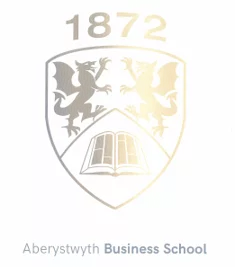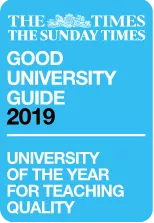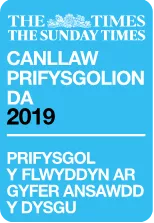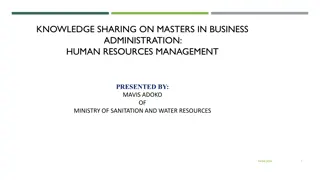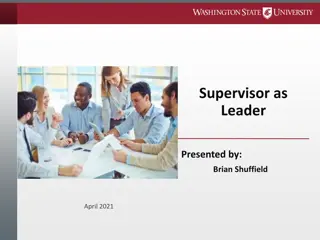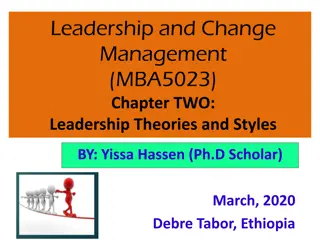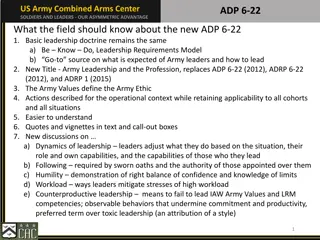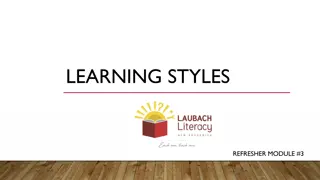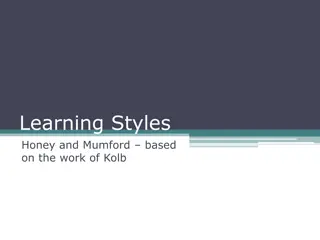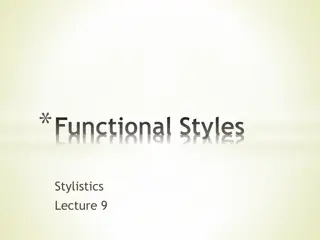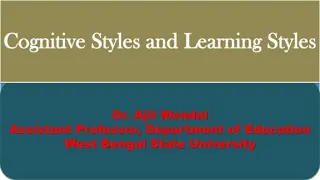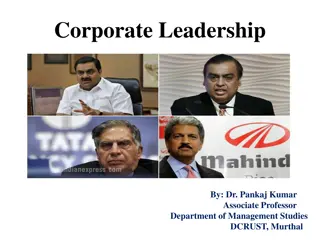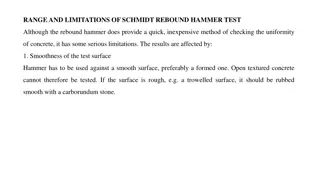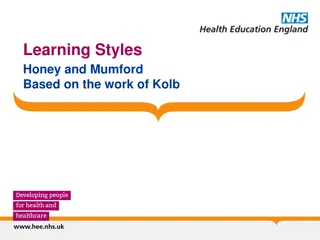Leadership Styles: Tannenbaum & Schmidt Continuum
Discover the Tannenbaum & Schmidt Continuum of Leadership, comparing it with McGregor's Theory X and Theory Y. Explore the dynamics of autocratic and democratic leadership styles, understanding the varying levels of leader involvement and employee empowerment. Delve into the concepts of employee-centered and manager-centered leadership approaches, examining the nuances of authority usage and employee autonomy in decision-making processes.
Download Presentation

Please find below an Image/Link to download the presentation.
The content on the website is provided AS IS for your information and personal use only. It may not be sold, licensed, or shared on other websites without obtaining consent from the author.If you encounter any issues during the download, it is possible that the publisher has removed the file from their server.
You are allowed to download the files provided on this website for personal or commercial use, subject to the condition that they are used lawfully. All files are the property of their respective owners.
The content on the website is provided AS IS for your information and personal use only. It may not be sold, licensed, or shared on other websites without obtaining consent from the author.
E N D
Presentation Transcript
Croeso | Welcome to ABS A Level Business Lecture Series
Tannenbaum & Schmidt Continuum of Leadership Content to support Level 3 Business Qualifications Tim Bennett-Gillison (tcg@aber.ac.uk )
Learning Outcomes Understand Tannenbaum & Schmidt s Continuum of Leadership Compare Tannenbaum & Schmidt with McGregor s Theory of X and Y Appreciate the forces which determine a leader s position on the continuum
Autocratic and Democratic Leadership Autocratic Style Democratic Style Focus of power with leader Leader alone exercise control over policy, procedures, tasks, rewards, punishments, etc Focus of power with group Leader is part of the team Group members have greater say in decision making
Autocratic and Democratic Leadership Autocratic Style Democratic Style Focus of power with leader Leader alone exercise control over policy, procedures, tasks, rewards, punishments, etc Focus of power with group Leader is part of the team Group members have greater say in decision making Tannenbaum & Schmidt Continuum TELL JOIN
Tannenbaum & Schmidt Continuum of Leadership Employee-centred leadership Manager-centred leadership Use of authority by Leader Area of freedom for Employees Makes Presents ideas and ask for questions from staff Presents tentative decision subject to change Presents problem, gets input, then makes decision Asks group to decide within set limits Makes decision alone but SELLS it to staff Team develops options and decides on actions decision alone and TELLS staff TELL SELL CONSULT JOIN
Similar to McGregors Theory X & Theory Y? Use of authority by Leader Area of freedom for Employees Theory X. Employees: Dislike their work. Avoid responsibility and need constant direction. Need control, force and threats to deliver work. Need to be supervised at every step. No incentive to work, and therefore need to be enticed by rewards to achieve goals. Theory Y. Employees: Happy to work on their own initiative. More involved in decision making. Self-motivated, take ownership of their work. Seek and accept responsibility, and need little direction. View work as fulfilling and challenging. Solve problems creatively and imaginatively
Static or Dynamic? Would a leader s position on the continuum be fixed or variable? Likely to change, depending on a number of forces found in: The leader The employees The situation
Forces in the Leader: Values Previous experiences: good or bad? Confidence in staff Confidence in self Leadership inclinations Sense of security in uncertain situations
Forces in the Staff: Degree of need for independence Readiness to assume responsibility Degree of tolerance of ambiguity Interest in the problem Identification with organisational goals Level of knowledge and expertise Expectation of sharing in decision making
Forces in the Situation: Type of organisation Group effectiveness Nature of the problem Pressure of time
Summary Tannenbaum & Schmidt expands the Autocratic vs Democratic model to reflect real life better. Leader s position on the continuum is unlikely to be fixed. Various forces affect that position.
This content is tested in the Aberystwyth University Entrance Exam Successfully complete an exam (there are multiple points in the year and you can take it in the subject you are best at) and earn yourself an unconditional or reduced offer for the Business School More details here: https://www.aber.ac.uk/en/undergrad/before-you- apply/scholarships/entrance-scholarships-merit- awards/


